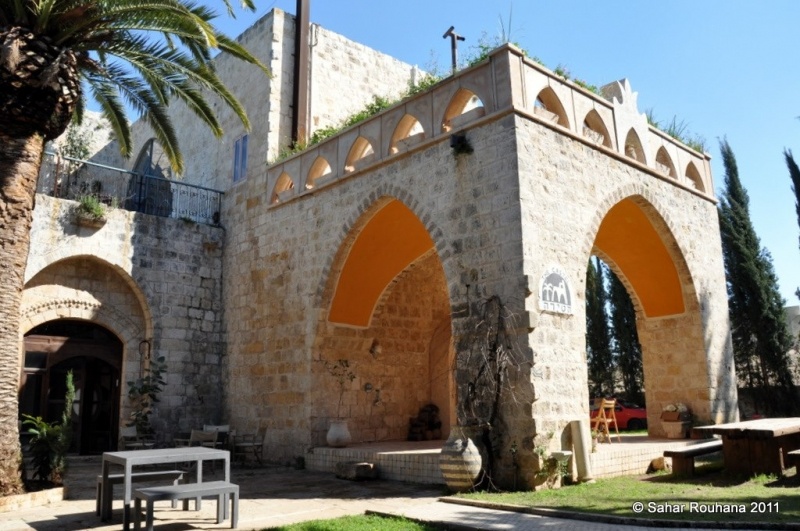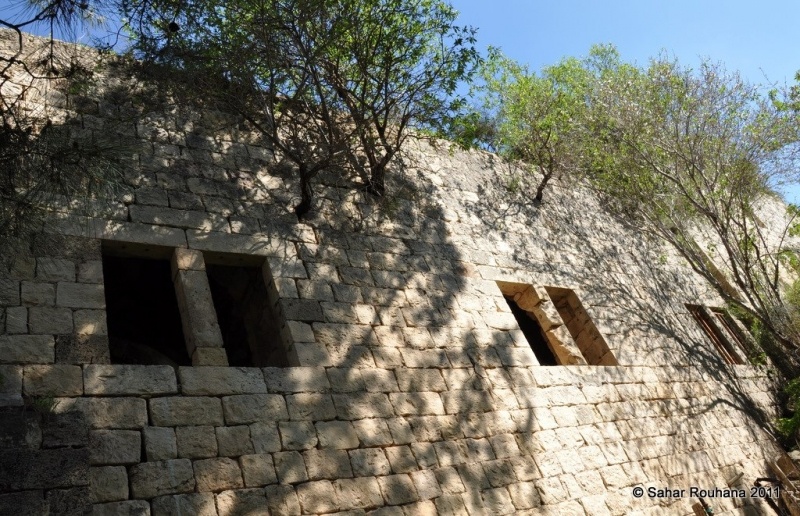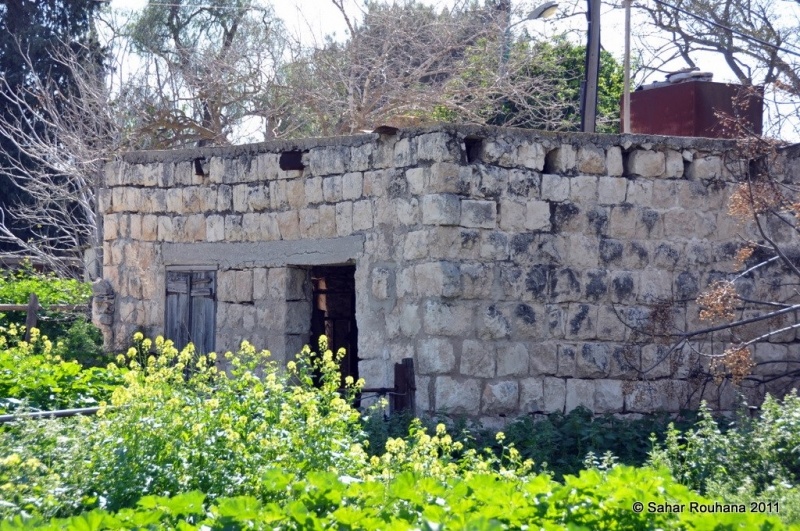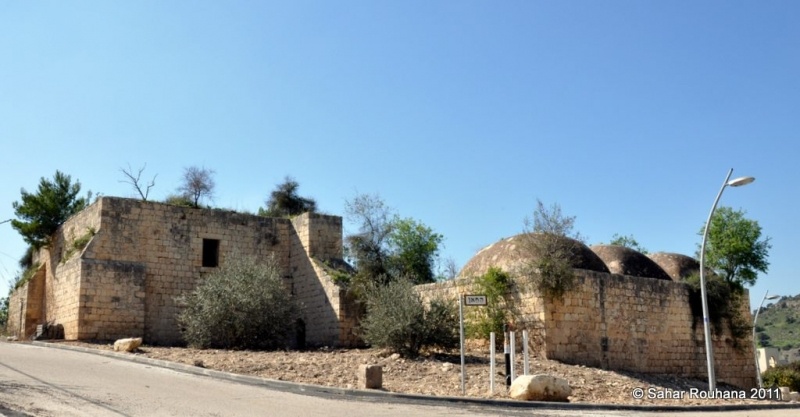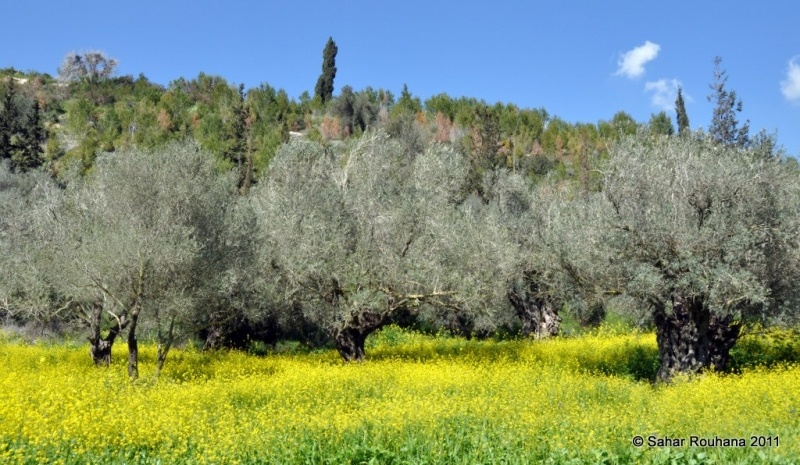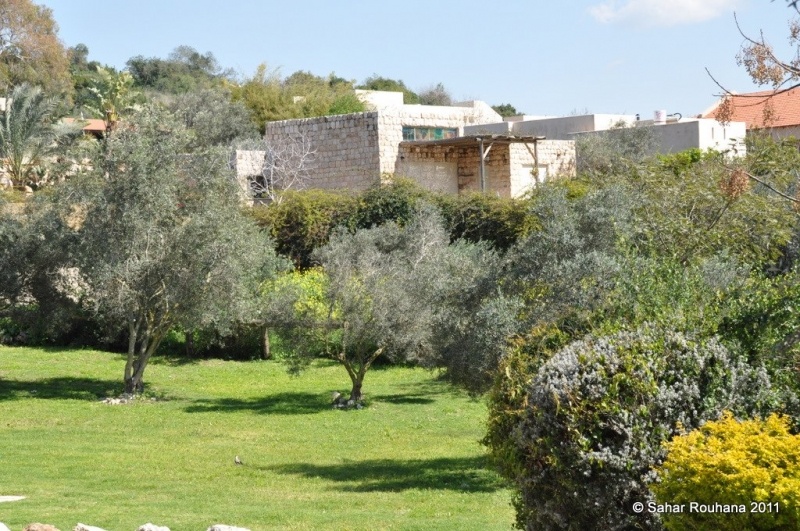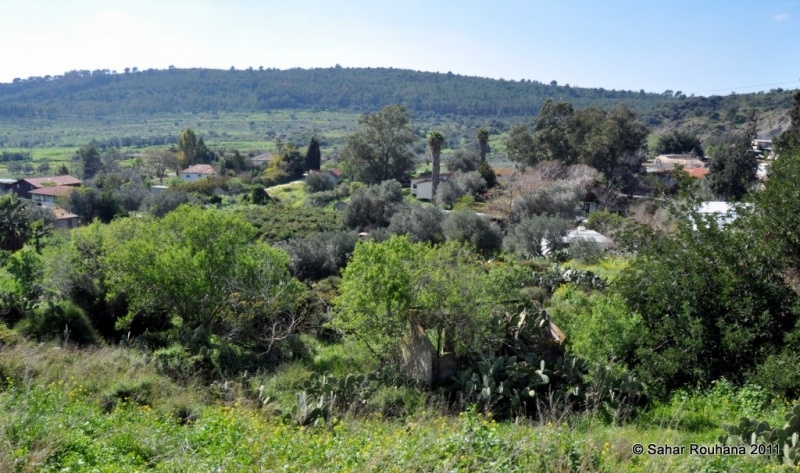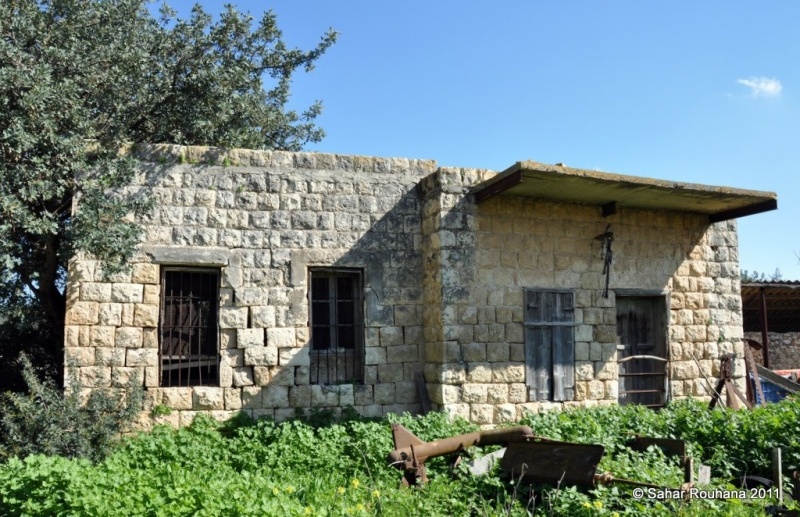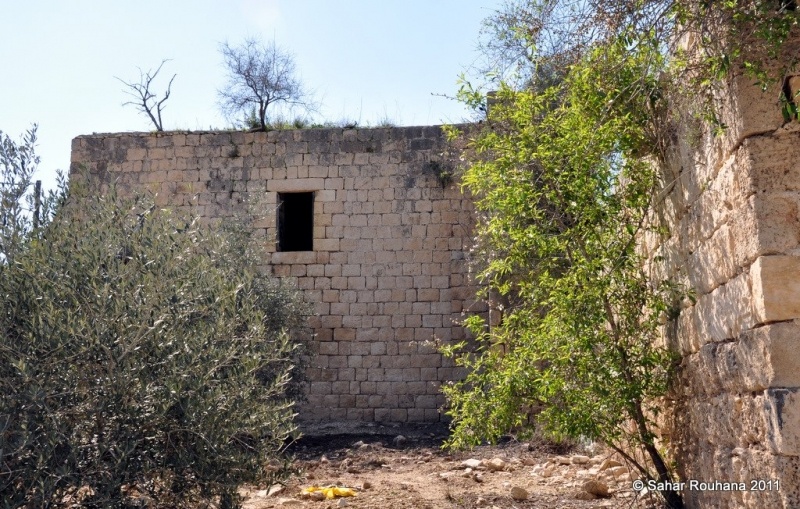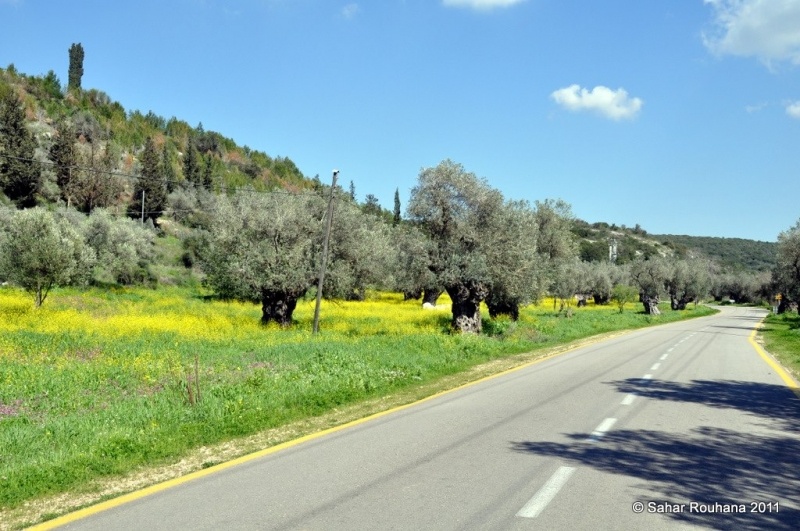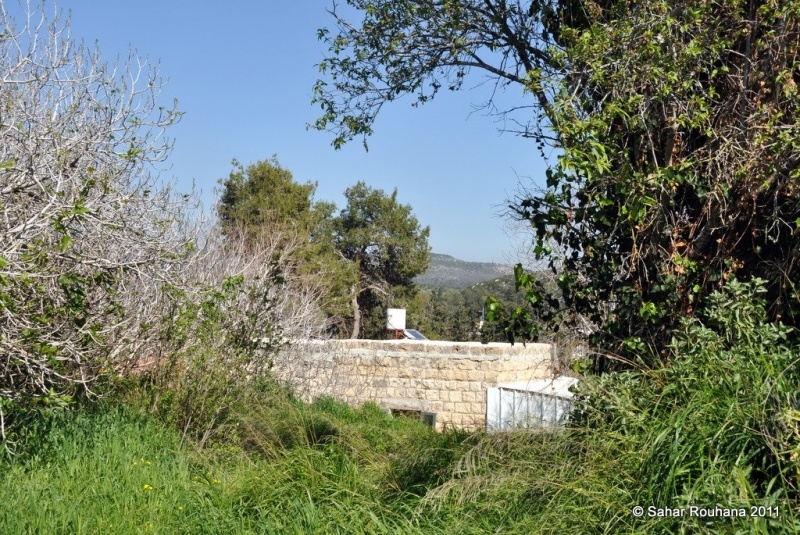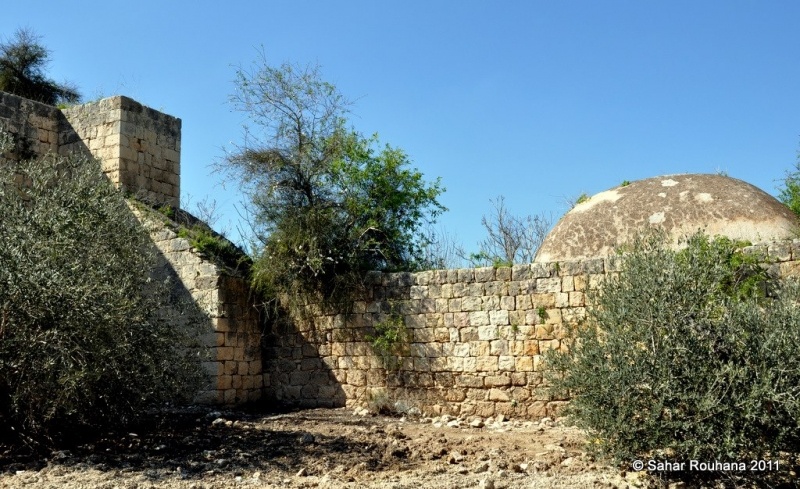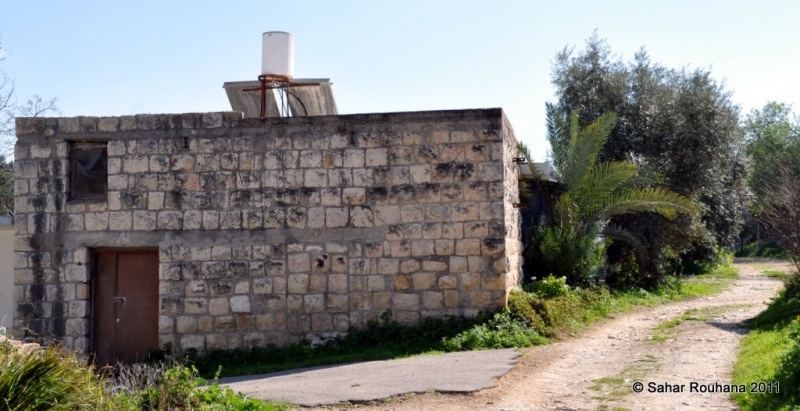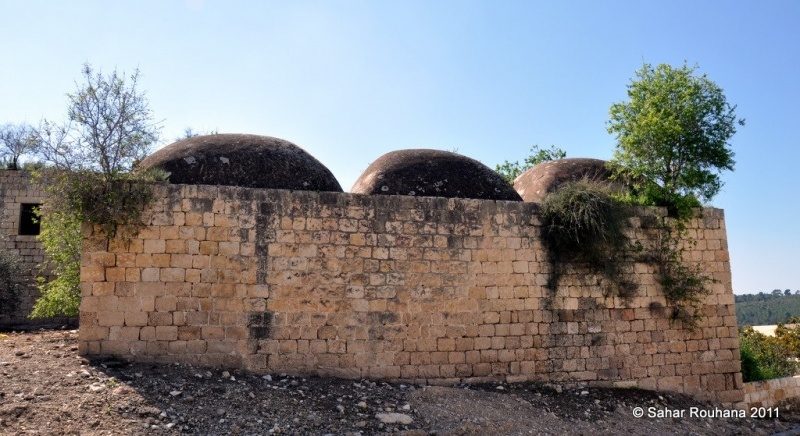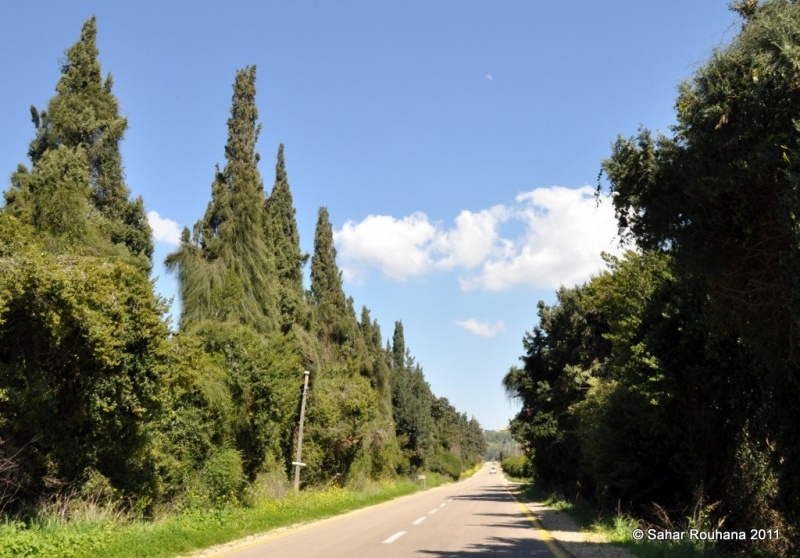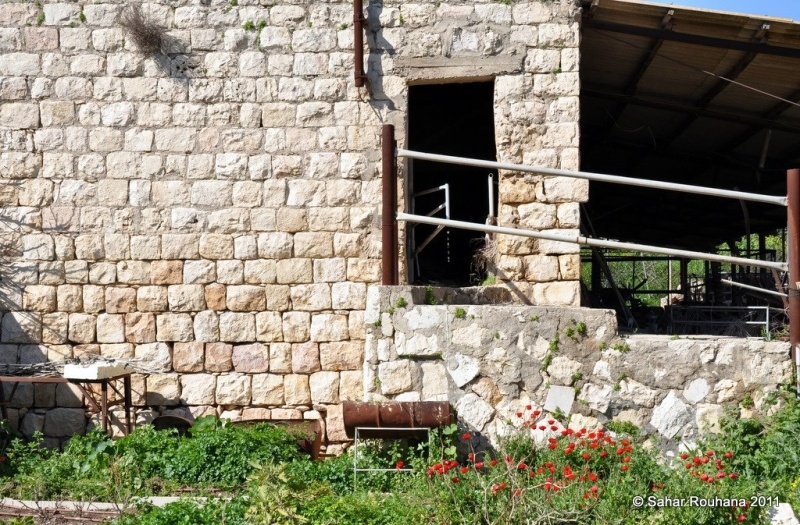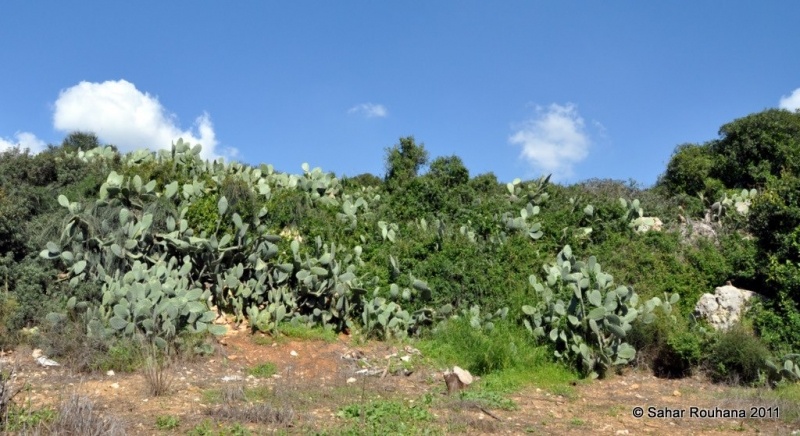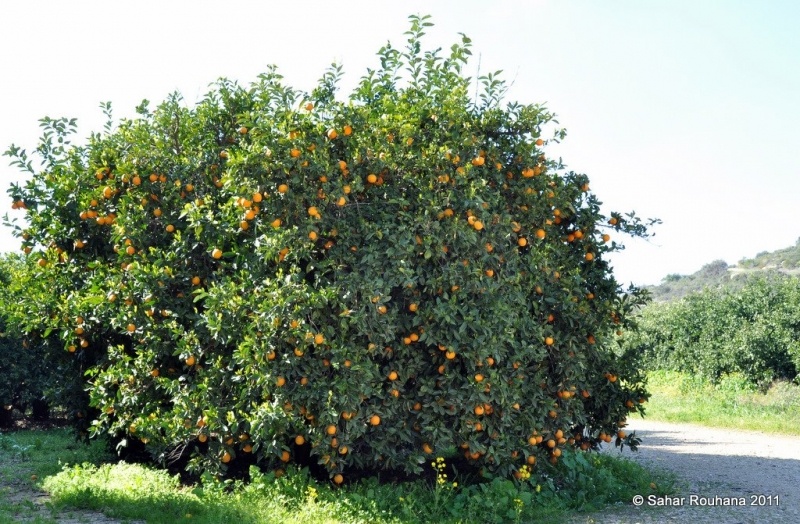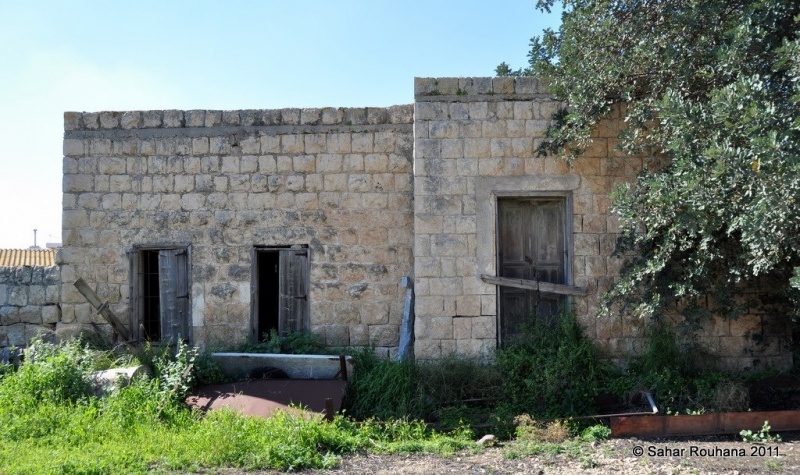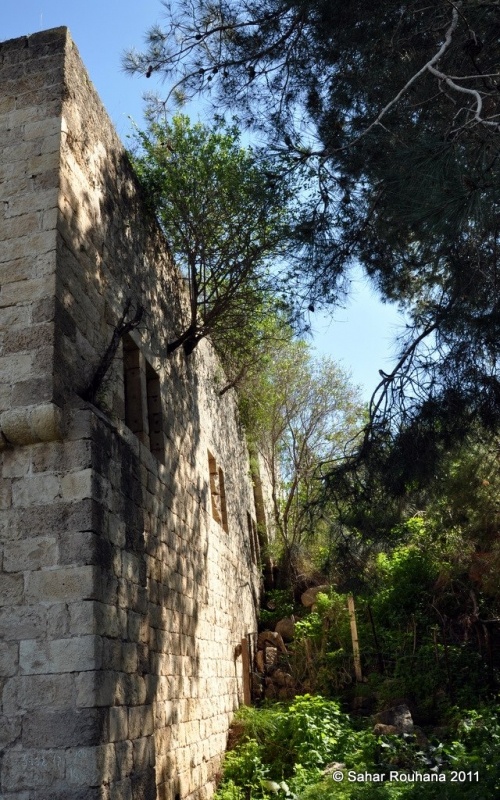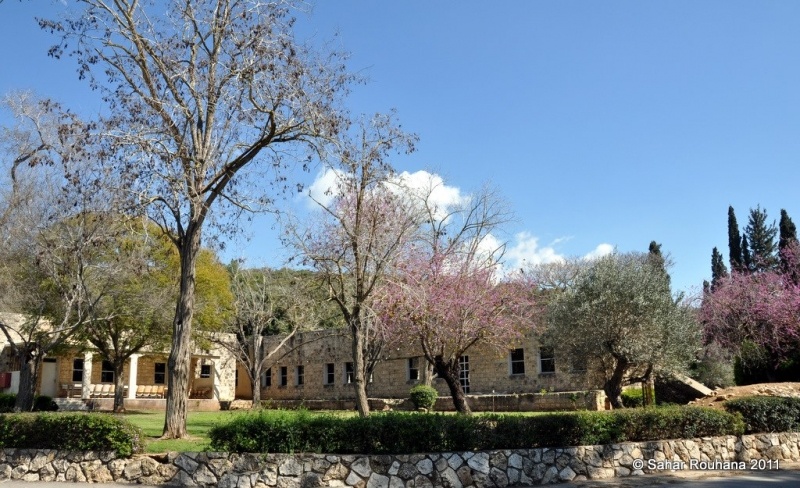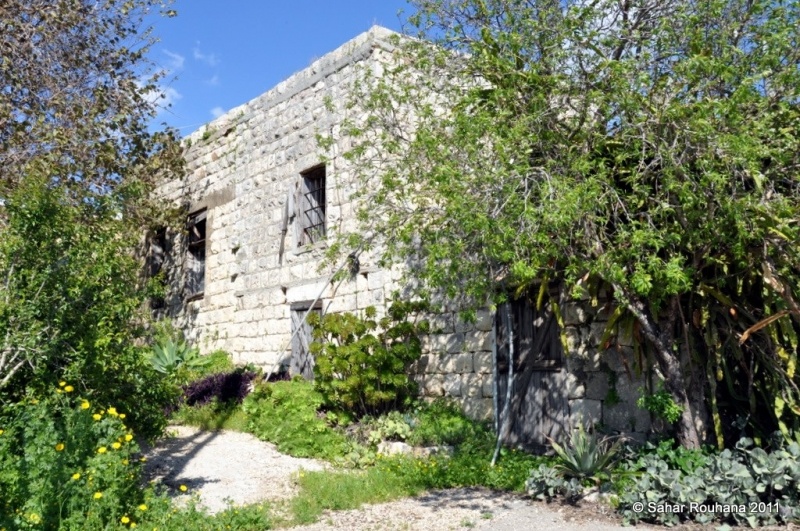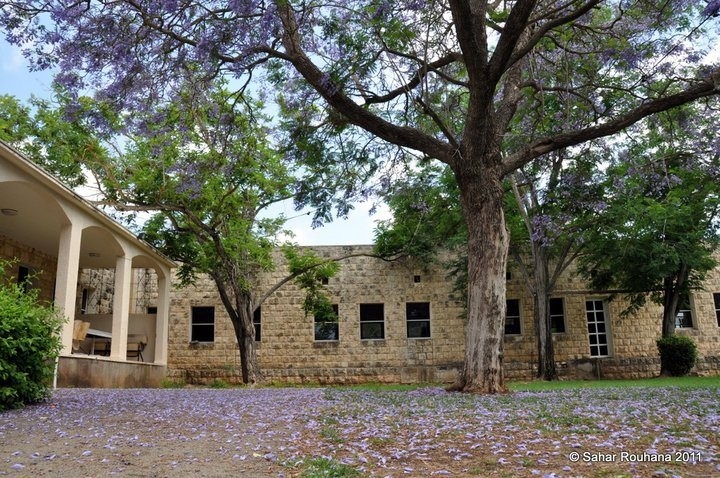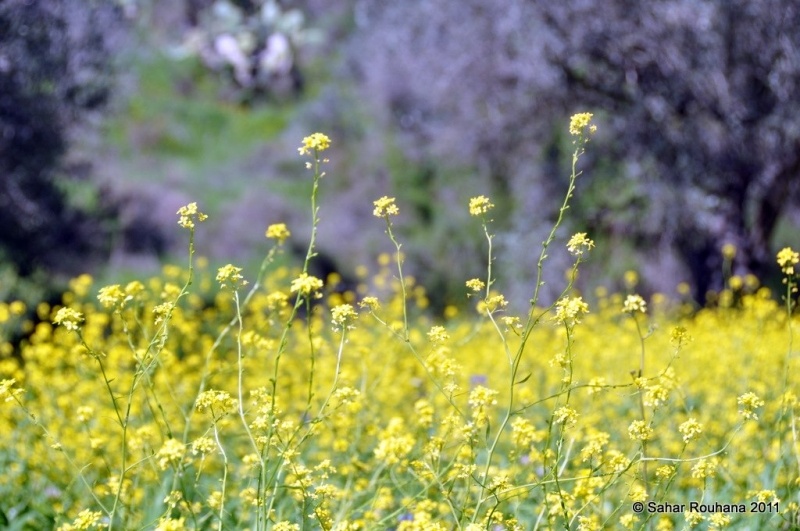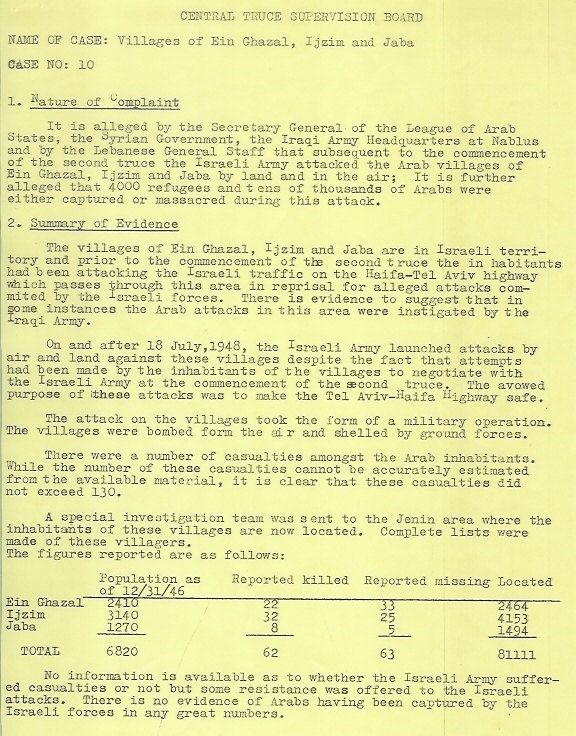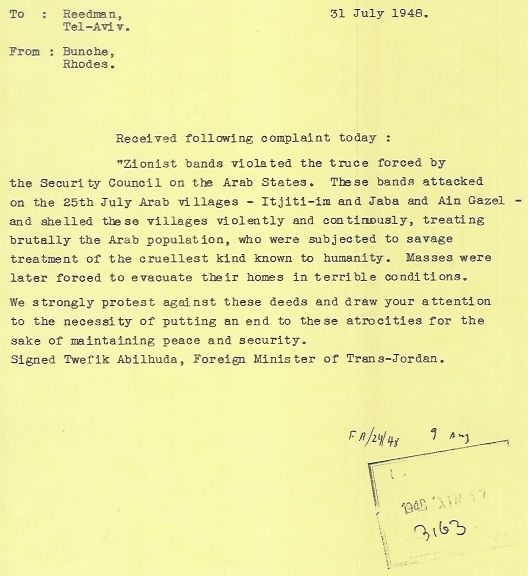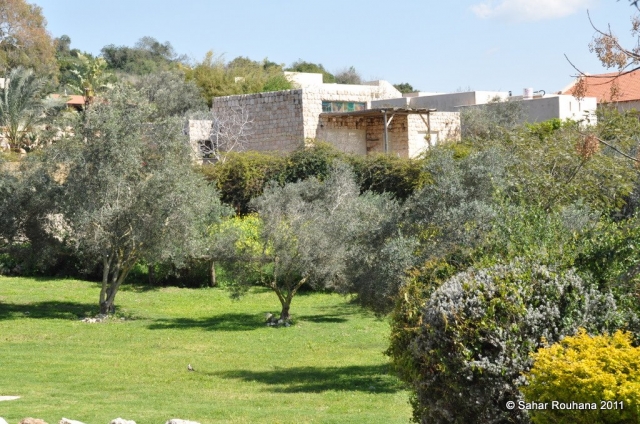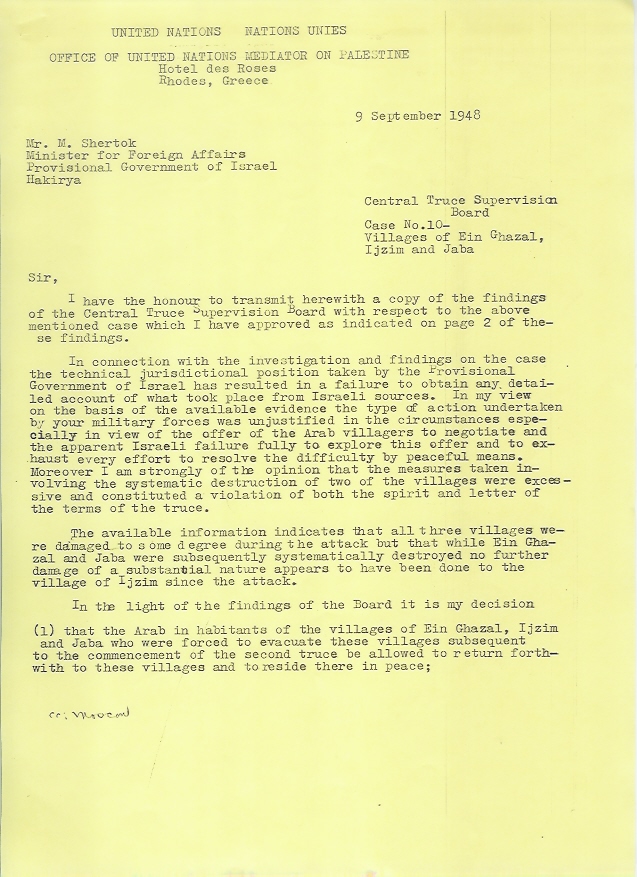Info
District: Haifa
Population 1948: 3450
Occupation date: 26/07/1948
Occupying unit: Golani & Carmeli & Alexandroni
Jewish settlements on village/town land before 1948: None
Jewish settlements on village/town land after 1948: None
Background:
Ijzim Before 1948
At 19.5 km from Haifa, the village was built on a mountain peak in the southwestern part of mount Carmel. Bordered by a plain on the northeast and by a wide wadi on the south, it was linked via a secondary road to the coastal highway that ran 3 km west of the village. Ijzim was the hometown of al-Shaykh Mas'ud al-Madi, the leader of the Haifa coastal area in the early nineteenth century, and governor of Gaza for some time. The powerful al-Madi family dominated the coastal region south of Carmel and the western slopes of Jabal Nablus during the first half of the nineteenth century. Their primary place of residence was Ijzim, where they built a large fortress. Another resident of Ijzim, Yusuf al-Shafi'i, became the judge of the Beirut court in 1887.
The second largest village in the Haifa District in terms of land area, its houses extended a north-south axis and were mostly built of stone and cement. The villagers were almost exclusively Muslim, apart from 140 Christians who lived there in 1945, and they had two mosques and a boys' elementary school. There were several springs, wadis and wells, and agriculture (mainly grains and olive trees) and animal husbandry were the main economic activities. Ijzim had three hand-operated olive-presses and one mechanical press. It was constructed over the remains of an earlier settlement, and there were also ruins in nearby Khirbat Kabbara and Khirbat Maqura.
Occupation, Depopulation, and Israeli Settlements
Together with 'Ayn Ghazal and Jaba', Ijzim was part of a triangular region south of Haifa that held out under Israeli attack until late July 1948. According to the History of the War of Independence, these 'daring and stubborn' villages 'didn't merely stand fast, but continued to block our transportation along the coastal road'. The first two (unsuccessful) attempts to occupy the village were made on 18 June and 8 July 1948, and the third attempt was planned as a 'police operation against a population in revolt against the state, and which refuses to recognize the legitimate sovereign authority.' It was phrased this way to cover the fact that the operation was in clear violation of the Second Trust of the war. Although it was named Operation Shoter (Police), the History states that it was 'actually a military operation execution'.
The attack began on 24 July and the villages was occupied two days later, after heavy artillery and aerial bombardment. United Nations mediator Count Folke Bernadotte later reported to the Security Council that Israeli forces attacked the villages from 18 July on air and land, at the beginning of the second truce, for seven days. The Associated Press also reported on 26 July that Israeli planes and infantry had violated the Palestinian truce by attacking the villages. Historian Benny Morris writes that units of the Golani, Carmeli, and Alexandroni brigades captured the villages and that almost all the remaining inhabitants were forced to leave or 'spontaneously fle[d] eastwards.' They later related how they were repeatedly fired upon by soldiers and aircraft as they left the villages. Bernadotte said in September that the villagers had 'attempted to negotiate with the Jewish Army', and he was quoted by the Times as saying that 8,000 people from the three villages had been driven out of their homes and sought refuge in the Jinin area.
The Secretary General of the Arab League said at the time that 4,000 people had been made refugees and another 10,000 were captured, while many had been massacred in the attacks. In September, UN investigators reported a number of 130 killed and missing. On 13 September, Count Bernadotte ordered Israel to readmit the refugees to the three village and to rebuild their shattered homes. The Israeli refused to comply.
The settlement of Kerem Maharal was established on the village site in 1949.
The Village Today
The village of Ijzim has been partially destroyed. The mosque has been allowed to deteriorate, but some houses are still in use. The meeting house (diwan) of Mas'ud al-Madi - a two-storey structure dating to the eighteenth century - has been converted into a museum. The school is now a synagogue, while the cafe is a post office. The nearby plain is farmed by Israelis, and the mountainous areas have been turned into recreational parks.
-----------------------------
Source: al-Khalidi, Walid (ed.). All that remains: the Palestinian villages occupied and depopulated by Israel in 1948. Washington DC: 1992.


